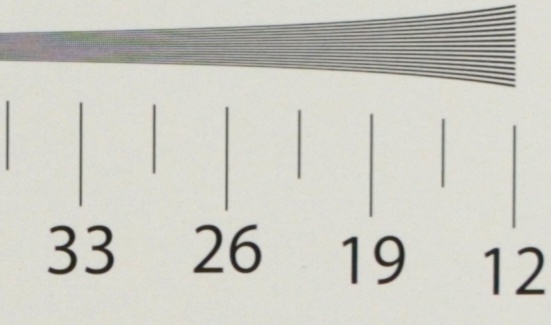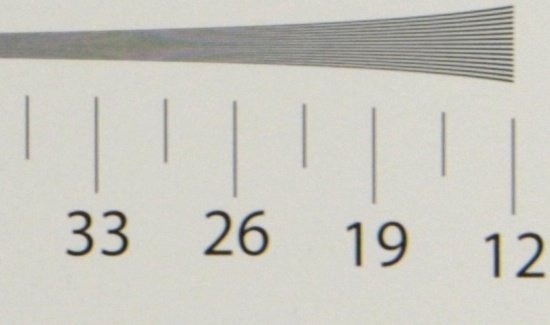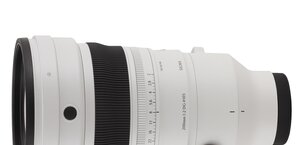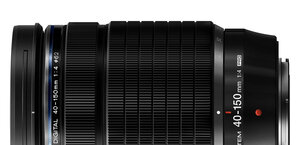Nikon Nikkor AF-S DX 18-300 mm f/3.5-5.6G ED VR
4. Image resolution
Let’s check how the tested Nikkor performs in the frame centre. The results at 18, 50, 100, 200 and 300 mm are presented in a graph below.

Please Support UsIf you enjoy our reviews and articles, and you want us to continue our work please, support our website by donating through PayPal. The funds are going to be used for paying our editorial team, renting servers, and equipping our testing studio; only that way we will be able to continue providing you interesting content for free. |
- - - - - - - - - - - - - - - - - - - - - - - - - - - - - - - - - - - - - - - - - - - - - - - -
Looking at these results, my feelings are mixed. On the one hand I know that we deal here with a megazoom lens so resolution records are out of question for more than one reason. On the other hand it would be difficult to call the Nikkor performance bad because even at the weakest 300 mm focal length the lens managed to reach the decency level.
In the frame centre the tested Nikkor is completely able to generate satisfactory images no matter what focal length you employ. On the other hand when you remind yourself that the AF-S DX 18–140ámm f/3.5–5.6G EDáVR, not an outstanding optical instrument after all, could reach 47-51 lpmm at all focal lengths the performance of the Nikkor 18-300 mm VR, even if officially blameless, seems a bit lacklustre. Only the shortest focal length can defend itself without any problem, as maximum results at that point go over 48 lpmm. The values you see at longer focal lengths, hovering nearby 40 lpmm, can make you feel unsatisfied, especially if you take into account the sum of money you have to pay for the tested lens.
The Tamron 16–300ámm f/3.5–6.3 DiáIIáVCáPZD MACRO was tested by us on the Canon 50D and that camera’s sensor always generates lower MTFs than those of the Nikon D7000. Even if the direct comparison would be difficult still it seems that the results of the Tamron are a tad better and more even. Also the Tamron’s price and focal range are far nicer.
Now let’s check the performance on the edge of the frame, using the graph below.

Here the 50 mm focal length is the best for a change and completely beyond reproach. The 18 and 100 mm focal lengths don’t give you any serious reasons to complain either but quite honestly they never reach the decency level set by us. The 200-300 mm focal lengths perform the weakest – the images are really of bad quality. Everybody knows the megazooms have weak points, especially on the edge of the frame, but I have to say we didn’t expect so many of them. The bad correction of chromatic aberration is the culprit - it’s going to be explained in the next chapter.
Traditionally we end this chapter presenting crops of our testing scene we got in the frame centre. It’s worth reminding that these are JPEG files straight from the camera, saved along with RAW files which we used for the analysis above.
| D7000, JPEG, 18 mm, f/5.6 |
 |
| D7000, JPEG, 300 mm, f/5.6 |
 |






